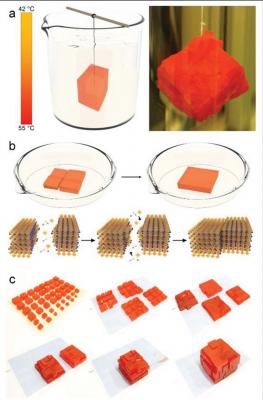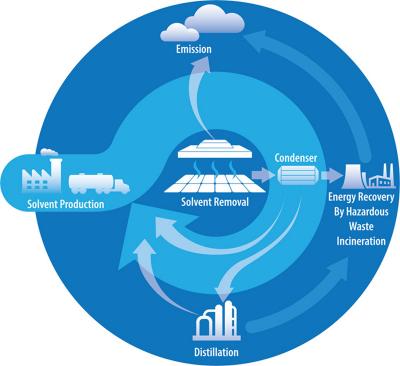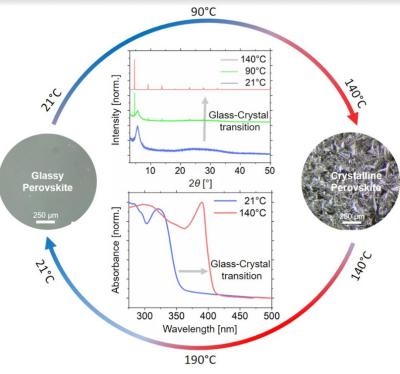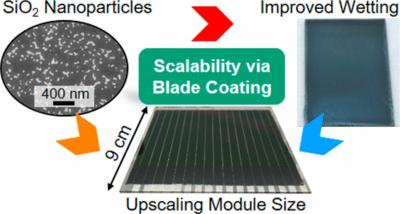HZB team reports perovskite/silicon tandem solar cells on the threshold of 30% efficiency
Researchers at HZB have published their recent work, reporting its current world record of 29.15% efficiency for a tandem solar cell made of perovskite and silicon. The tandem cell provided stable performance for 300 hours ' even without encapsulation. To accomplish this, the group, headed by Prof. Steve Albrecht, investigated physical processes at the interfaces to improve the transport of the charge carriers.
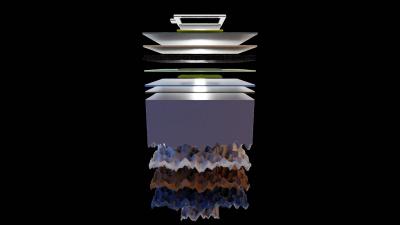
In the beginning of 2020, a team headed by Prof. Steve Albrecht at the HZB broke the previous world record for tandem solar cells made of perovskite and silicon (28.0%, Oxford PV), setting a new world record of 29.15%. Compared to the highest certified and scientifically published efficiency, this is a significant step forward. The new value has been certified at Fraunhofer ISE and listed in the NREL chart. Now, the results have been published in the journal Science with a detailed explanation of the fabrication process and underlying physics.
